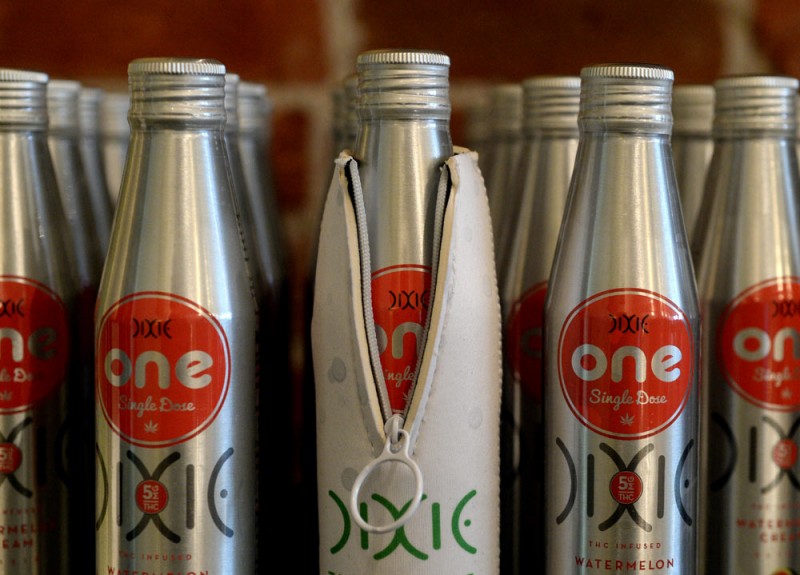Source: attn.com
Over the next 15 months or so, 17 states could potentially enact some form of marijuana legalization. But it's also important to ask ourselves, "Why is marijuana illegal in the first place?"
LET'S START AT THE BEGINNING.
From the 1600s to the late 1800s, hemp (a cannabis plant containing very little THC) was harvested on U.S. soil to create materials such as rope, paper, and clothing. In fact, in 1619, the Virginia Assembly decided to require farmers to grow hemp for these purposes, according to PBS. Hemp was also used as legal tender in Virginia, Pennsylvania, and Maryland around that time. During the 1800s, cannabis products became a popular medicinal substance found in tinctures that were sold in many pharmacies across the nation. It became a requirement to label these over-the-counter medicines containing cannabis, including cocaine and heroin, with the Federal Food and Drugs Act of 1906, but these drugs were still legal.
Around 1910, the Mexican Revolution was starting to boil over, and many Mexicans immigrated to the U.S. to escape the conflict. This Mexican population had its own uses for cannabis, and they referred to it as "marihuana." Not only did they use it for medicinal purposes, but they smoked it recreationally, which was a new concept for white Americans. Even the term, marihuana, was unfamiliar to white Americans, as they called it cannabis.
Southern states—where Mexican immigrants were arriving—became concerned with this growing population. Newspapers ran headlines with the words "Mexican menace" or the "marijuana menace," claiming Mexican men were going crazy from smoking marijuana and that some were even killing people. El Paso, Texas, became the first U.S. city to ban marijuana in 1915, and city officials started rounding up and deporting Mexicans there who smoked marijuana.
THE MEDIA WAS IN ON THE HYSTERIA, TOO.
A New York Times story from 1927 read:
"A widow and her four children have been driven insane by eating the Marihuana plant, according to doctors, who say that there is no hope of saving the children's lives and that the mother will be insane for the rest of her life."
In 1936, the anti-marijuana propaganda film "Reefer Madness" was released, and by 1937, 46 of the 48 states passed laws banning marijuana use. That same year, theMarijuana Tax Act was passed. This made illegal to possess marijuana unless it was for specific medical or industrial reasons. That law was eventually found to be unconstitutional, but it was replaced years later with the Boggs Act of 1952 and theNarcotics Control Act of 1956. Those laws required minimum prison sentences for drug crimes, such as marijuana possession.
And then, in the 1970s, President Richard Nixon declared the war on drugs.
The Controlled Substance Act of 1970 began the process of strictly regulating—or scheduling—drugs based on perceived danger. Marijuana was made a schedule I drug, which meant it had no “accepted medical use and a high potential for abuse.” Despite massive amounts of scientific evidence to the contrary, that's still its classification today.
The U.S. Drug Enforcement Administration was also created under Nixon in 1972.
The federal government's drug enforcement philosophy was inspired by the Rockefeller Drug Laws, created by New York Gov. Nelson Rockefeller in 1973. The Rockefeller Drug Laws created strict mandatory jail sentences for possession of drugs. In the 1980s, President Ronald Reagan borrowed from these laws and created similar mandatory sentences at a federal level and started pursuing drug enforcement more fervently.
As ATTN: has reported previously, the escalation of the drug war contributed to the U.S.'s prison boom, increasing our incarcerated population from 150 people in prison per 100,000 to just over 700 per 100,000, where it stands now. While the motivations were originally aimed at the Mexican population, now people of all ethnicities, particularly Black people, have suffered from harsh drug laws.
Marijuana may be getting closer to where it was in the 1800s, with increasing medical use, but there is still progress to be made.










